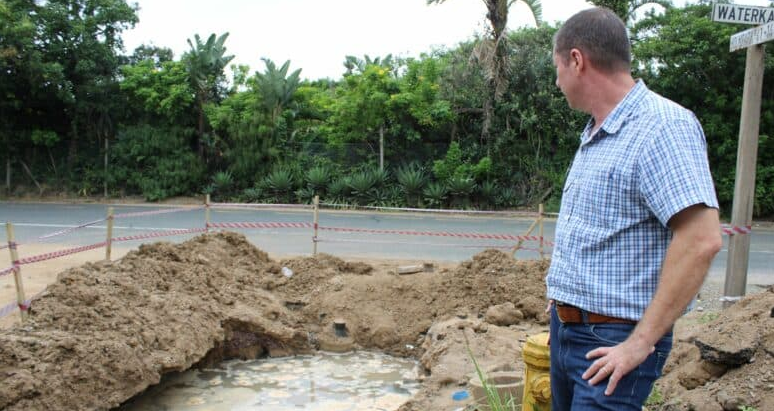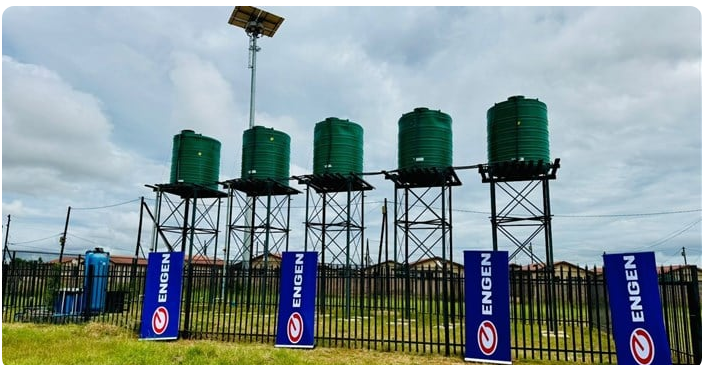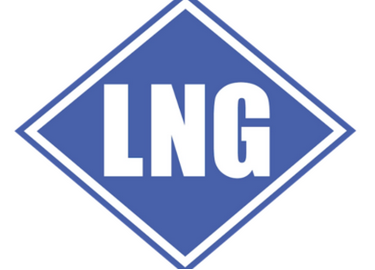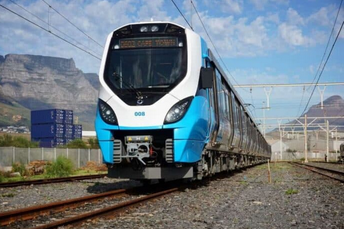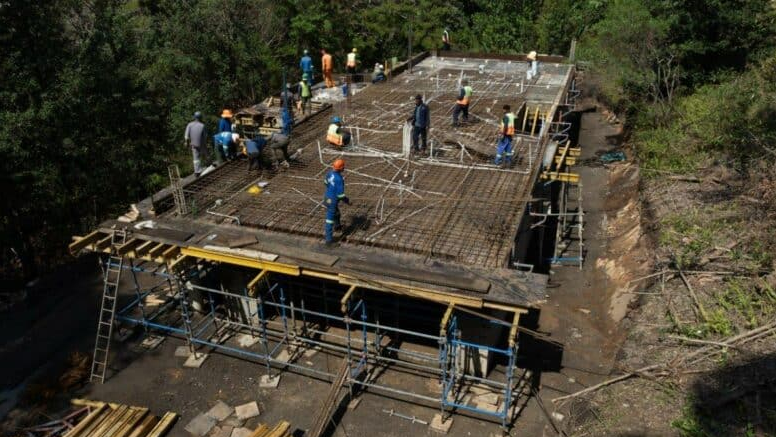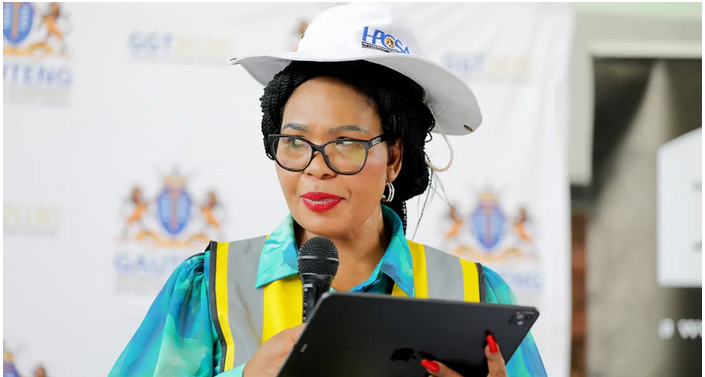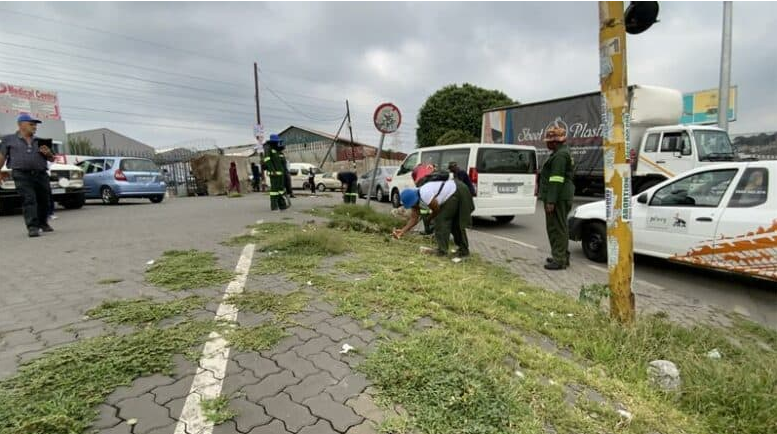Modernising Cape Town’s Container Terminal: A balanced path forward

13-02-2025
Read : 40 times
Cbn
Source
THE recent arrival of seven pre-owned rubber-tyred gantry cranes (RTGs) at Cape Town Container Terminal marks an important step in addressing the efficiency challenges that have concerned our agricultural exporters and other port users. While this equipment boost is welcome news, it also presents an opportunity to consider how we can maximise the value of both new and existing equipment through strategic modernisation.
As someone who has observed port operations for many years, I’ve seen how the terminal’s performance directly impacts the Western Cape’s R1-trillion economy goal. With 55% of South Africa’s fresh produce and 80% of fruit flowing through Cape Town’s port, even minor improvements in handling efficiency can have major ripple effects across our agricultural sector.
The good news is that modern crane technology offers a pragmatic path forward that aligns with both operational needs and workforce considerations.
For instance, smart steering assistance helps operators maintain precise paths between container stacks, reducing the physical and mental strain of constant manual adjustments. This not only improves safety but allows operators to focus more attention on the complex task of container handling. Similarly, systems that help position trucks more accurately under cranes can significantly reduce the time spent on each container move while enhancing safety for both operators and truck drivers.
These operator-support technologies are particularly relevant given Cape Town’s notorious weather challenges. When strong winds impact visibility, having additional positioning guidance gives operators more confidence to work safely in challenging conditions. This could help address some of the weather-related delays that have impacted our agricultural exporters during crucial shipping windows.
The key is to view these enhancements as tools that help our skilled workforce perform their jobs more effectively and safely.
From a business perspective, the ability to upgrade existing equipment incrementally is also cost-effective. Rather than requiring wholesale replacement of cranes, terminals can strategically add capabilities as budgets allow and as operators become comfortable with new features.
Looking at the broader economic context, Minister Meyer’s vision of tripling Western Cape exports to R450-billion will require sustained improvements in port efficiency. The recent drop in container handling volumes – from 800 000 TEUs (Twenty-foot Equivalent Unit) in 2019 to 700 000 TEUs last year – underscores the urgency of finding practical solutions that can be implemented without disrupting existing operations.
By taking a measured approach to modernisation that emphasises operator assistance over automation, Cape Town Container Terminal can steadily improve its competitiveness while maintaining strong relationships with its workforce. This balanced strategy could help secure the port’s position as the region’s premier agricultural export hub while creating opportunities for both existing workers and the broader economy they support.
Recent News
Here are recent news articles from the Building and Construction Industry.
Have you signed up for your free copy yet?


